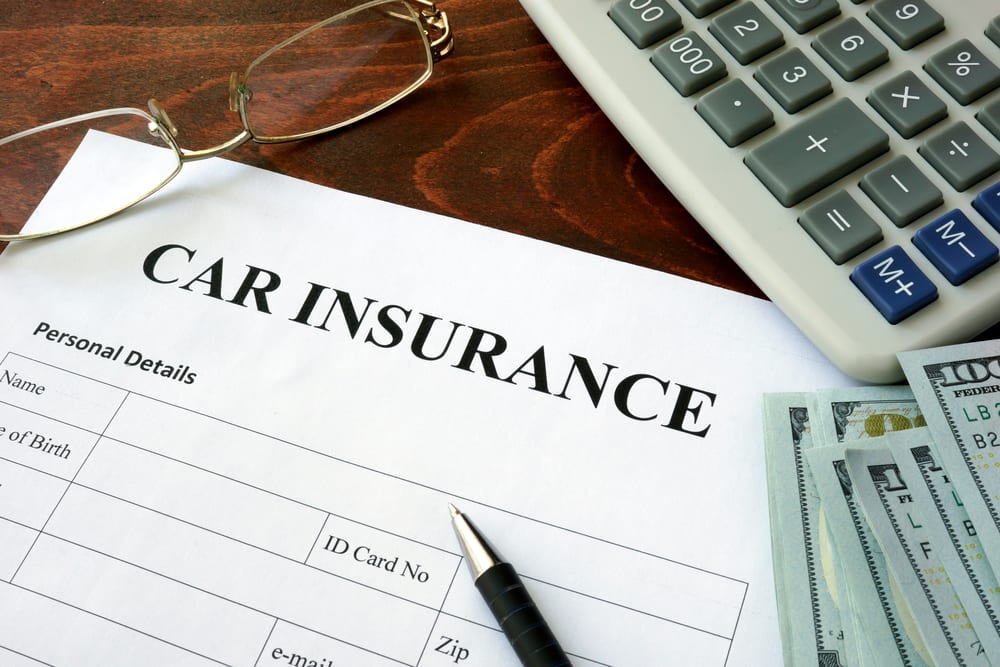

Full coverage car insurance can be a misleading term when you’re searching for car insurance quotes. Insurance companies will never cover every possible situation that arises for car owners. The term “full coverage” there causes confusion to some policyholders when they attempt to make a claim for a situation that is not in fact covered after all.
Drivers and insurers use the term full coverage to describe a policy that includes state-mandated liability insurance, along with the optional coverages of comprehensive and collision:
- Bodily injury liability covers the injuries and death for which you are responsible.
- Property damage liability covers the damage done to someone else’s property by your car.
- Comprehensive insurance covers damage to your car caused by vandalism, theft, or glass breakage.
- Collision insurance covers damage to your car that’s been caused by a collision with an object.
These types of coverage come with maximum limits that you select when you create your policy.
Since liability coverages don’t protect your car in any way, it’s important to buy separate physical damage coverages. Most lienholders require physical damage coverage if you are financing or leasing your vehicle. These coverages each come with a deductible, which is the amount of money you pay before your insurance benefits kick in.
Lienholders often require full coverage car insurance – this refers to physical damages coverages of collision and comprehensive on the policy. Keep in mind that whatever insurance coverage you choose, you are bound to the terms laid out in the policy, especially with regards to the payment of claims. Read the fine print carefully before you sign.
The cost of adding collision and comprehensive coverage to your existing car insurance policy varies, so be sure to shop around and compare prices between different car insurance companies to get the best quote for you.
This article is adapted with approval from carinsurance.com: http://www.carinsurance.com/what-is-full-coverage.aspx



